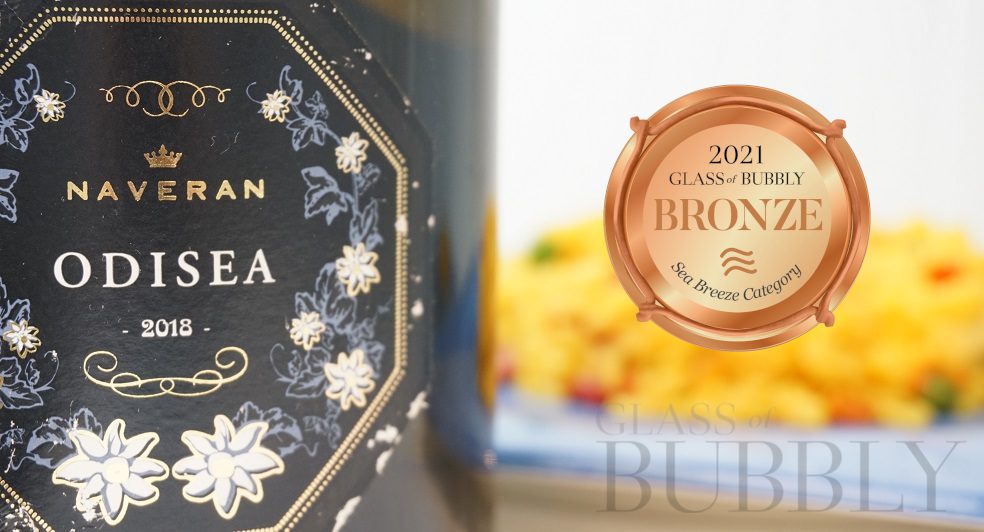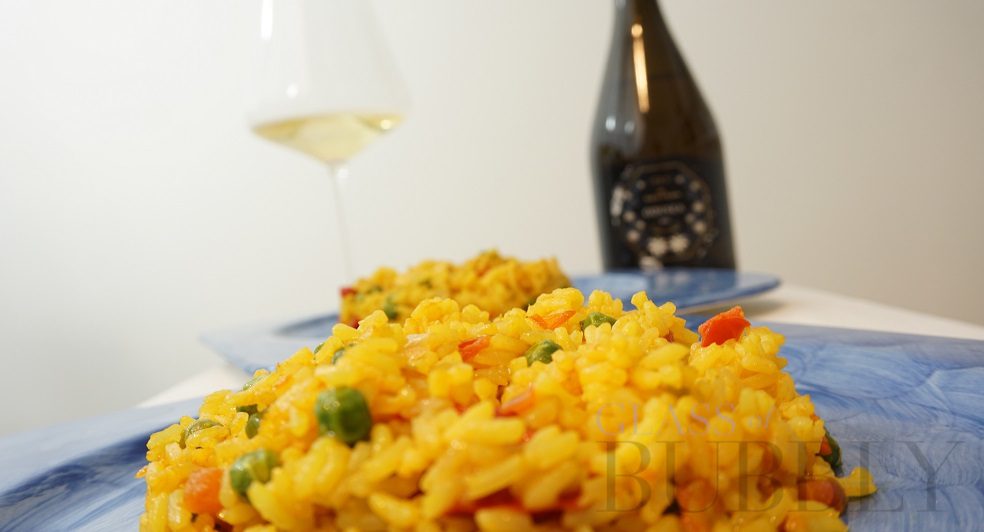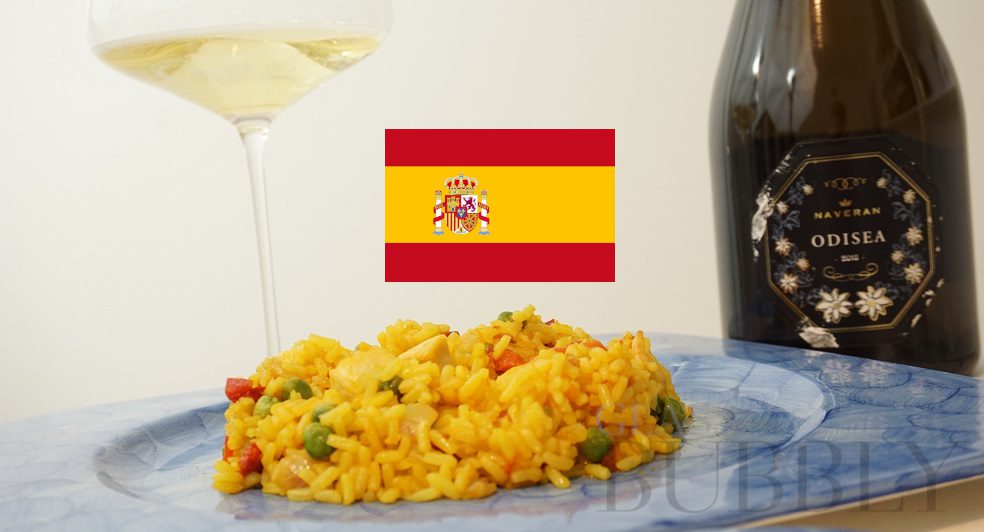Pairing Two Spanish Greats, Cava with Paella
7th March 2022

Two great creations from Spain are about to grace us with their presence, the Spanish drink known as Cava and the Spanish dish known as Paella.
Spain is one of those magical countries, with a lot to explore, the culture, sights, food, wine and so much more, so whether you’re feeling homesick or just wanting a taste of Spain, then a bottle of Cava and a helping of Paella will do the trick.
When looking for a winery to enjoy alongside a Paella, a few wineries and Cavas came to mind, including this one from Cavas Naveran, located about 45 kilometres or about an hours drive from Barcelona, it isn’t too far out of the way if you wanted to visit, especially if you combine it with a couple of other things.

Cavas Naveran was founded in 1984, it covers 110 hectares in the Alt Penedès in Northern Spain about a 1 hour drive away from Barcelona and can proudly state that its winery and wines are 100% organic.
Cavas Naveran produces around 500,000 bottles of wine annually, this production is split between 50% Cava and 50% other Spanish Wines. Their Grapes are picked in early August and are aged for at least 2 years before being ready to enjoy.
Cavas Naveran – Odisea
Aroma 👃 “Ripe green fruits, including green apple skins and green pears with floral notes on the aroma.”
Flavour 👅 “Sweet green fruitiness, apple skins, petroleum, pears, floral and hints of herbal notes on the palate.”
This Cava Won a Bronze Medal in the Sea Breeze Category at the Glass of Bubbly Awards 2021
Why is Paella Called Paella?

Paella got its name from the dish it was cooked in, the traditional pan known as ‘Paella’ or ‘Paellera’ is created out of polished or coated steel with two side handles, the Valencian community in Spain are the ones who named the pan, no, wait, it actually got its name from the Catalan word ‘Paella’ which came from the Old French word ‘Paelle’ for frying pan, hold on, I’ll get it right eventually, the word came from Latin American Spanish word “Paila’ which refers to a variety of cookware resembling metal and claypans.
To clear up that mess, the word either came from a Spanish, French, Latin, Italian, or Arab word, the only thing I can say with some confidence is that the dish was most likely named after what it was cooked in, but it is believed by most that the name came from the Valencian community in Spain.
Who’s Responsible For This Flavoursome Masterpiece?
Around the 15 century, it became common to eat rice with a combination of different foods, like beans, vegetables and fish, a Paella like dish was often eaten on Spain’s Mediterranean coast, containing rice and various fish.
French Farmers also were often treated to a Paella like lunch, with rice, onions, tomatoes, and meats like snails, duck, rabbit and sometimes chicken.
The first time Paella was referred to as a recipe, rather than a cooking pan, was in a Spanish newspaper in 1840.
The Spanish eat rice with fish and the French eat rice with land animals, so we were close to creating the mixed paella at this point, but who was it who first created it, well, it was a Spaniard living outside of the Valencia fishing area in Spain that combined seafood with meat from land animals, and with creating any new dish, a new name was in order, so they came up with ‘preparación barroca’ (baroque preparation) this name is not often used and it was given to the dish because of the large mix of ingredients and how it looked when served.
It wasn’t until the 20th century that the Paella toured overseas, gaining popularity and being customised to fit with different cultures, gaining the likes of sausages, pepperoni, different vegetables and many seasonings, the Valencians in Spain who had a big hand in creating the Paella only see the original two Valencian recipes are authentic, they look down on all the other recipes, so you would never find anything other than the original on their dinner tables.
What Do They Taste Like Together?
Paring Notes – “A brilliant pairing, enhancing the Sparkling Wine flavours, the Paella flavours are brought to life again, there are a lot of flavours in this Paella and each one is lifted to another level, showcasing them in their best attire.”

There are a lot of flavours encased in a Paella, with different ingredients being used by different cooks, depending on your palate, some might want a vegetarian Paella, some may want just fish whereas others might want just land animals. So for a Sparkling Wine to stand up and pair with the variety of flavours is an accomplishment, and with Sparkling Wine being a Sea Breeze Wine, it makes it a great addition to your next Paella.
Informational Credit: Wikipedia
Image Credit: Spanish Flag
![]()
Oliver Walkey
Champagne and Sparkling Wine Writer, Focused on Bringing the Exciting and Fascinating World of Bubbly to You.
